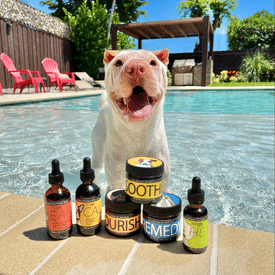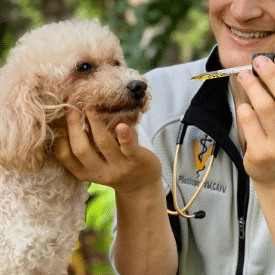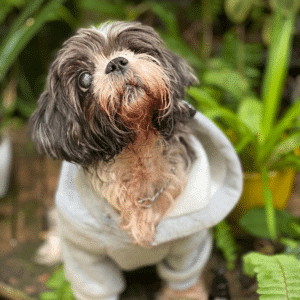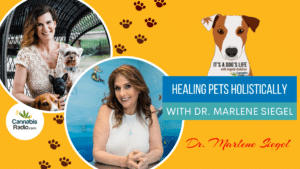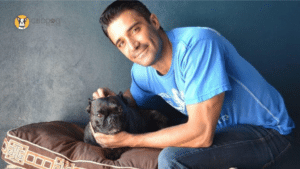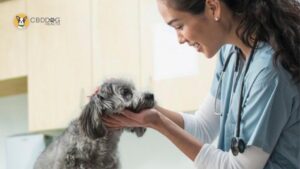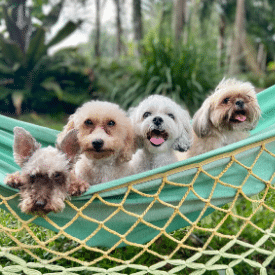CBD For Cribbing in Horses

Cribbing in horses is also known as crib-biting, aerophagia, or windsucking, and is a stereotypical behavior often caused by boredom and/or stress. Cribbing is an obsessive-compulsive disorder, and like many other behaviors classified in this group, must be controlled to prevent a horse from causing damage to his or her body.
Once a horse begins cribbing, it’s incredibly difficult to break her from continuing. The feeling of euphoria that cribbing provides the horse is, in a sense, addictive. Once the horse gets a sense of the cribbing behavior, especially those who are cribbing due to loneliness or boredom, they don’t want to stop. But, there are measures that can be taken to curb the behavior. If your horse has not developed cribbing behavior, it’s critical that preventive measures be taken so this behavior does not begin.
Table of Contents
What is Cribbing?
When a horse is cribbing, he will grab a horizontal object (usually a fence or a piece of his/her stall) with his upper teeth and pull against the object with an arched neck. In most cases, the horse will then suck in a large amount of air and create a grunt-like noise.
Cribbing is most commonly seen in young horses, but can occasionally develop in older horses as well. To reduce the risk of developing this bad habit, making sure a young horse spends as much time out of the stall as possible is critical. Social contact with other horses has also been shown to reduce the risk of cribbing.
Diagnosing Cribbing in Horses
Since cribbing is such a clear behavior, it’s not difficult to diagnose. This condition is often immediately apparent to most veterinarians and horse lovers. If you notice your horse is cribbing, it’s still important to make an appointment with your veterinarian. Your veterinarian will likely discuss the symptoms you are visualizing, conduct a physical examination, and rule out any underlying medical causes that may be contributing to the behavior.
Your veterinarian will also take a look at your horse’s mouth to check for any damage or danger to the horse’s teeth. Then, if all checks out well, your veterinarian may have several suggestions on how to curb the cribbing behavior.
Management of Cribbing in Horses
The goal is to try to find the cause of cribbing. Is your horse’s behavior due to stress? Anxiety? Boredom? If the cause is any of the above, your veterinarian will likely inform you of ways to add mental and physical stimulation to your horse’s routine. Generally, this involves spending more time in the pasture outside of the stall. If this isn’t an option, providing more roughage and giving your horse toys to play with may prove helpful. If your horse is lonely, adding a member to the family isn’t a bad idea either. Horses don’t like being left alone, especially for long periods of time. This doesn’t have to be another horse- sometimes a goat can provide sufficient company to make the horse less anxious.
Increasing the amount of time you spend with your horse is also important in all aspects of life. Horses are social animals and time spent is likely to reduce obsessive behaviors, anxiety, and stress. Going for a walk, ride, or even spending time grooming your horse provides your horse with a sense of security.
Cribbing is a learned behavior and it’s a difficult habit to break. According to Dr. Diane Wagner, horses learn this behavior from observing other horses and appear to find it to be a form of ‘self-soothing.’ In some cases, horse lovers are able to help their horse break the habit. Other horses may not be as apt to give it up. Research has found cribbing releases endorphins making the horse feel more secure. This results in this behavior becoming addictive any time the horse is feeling stressed, anxious, lonely, or bored.
Dr. Diane Wagner also commented on the cribbing collar which has been relatively effective at stopping the behavior, but in turn is known to cause chiropractic issues like TMJ, neck pain, and girthiness. When attempting to resolve this behavior, Dr. Wagner recommended attempting to redirect with toys, although the behavior may or may not continue. And, in most cases, the behavior has nothing to do with the horse owner. But, it’s important if your horse does continue the behavior, you do all you can to ensure he or she is safe and cannot damage her teeth or any other part of her body, to the best of your ability.
Reducing Anxiety with CBD
One of the factors that contribute to cribbing behavior is anxiety. CBD may be able to reduce your horse’s anxiety potentially reducing or eliminating cribbing behavior (more likely to decrease cribbing than rid it altogether). A 2013 article published in Neuropharmacology found that: “in addition to modulating basal anxiety states, recent studies suggest an important role for the endocannabinoid (eCB) and glucocorticoid systems in the modulation of emotional states and extinction of aversive memories in animals.” Essentially, what this means is that CBD can aid in the extinction of aversive memories with conditions including PTSD, anxiety, or panic disorders in people and animals.
If you’re unsure of the safety of CBD, that’s completely understandable. But, a survey provided to veterinarians found that an increasing number of professionals in the veterinary industry are beginning to recommend CBD for pets. Many note that they’ve been able to provide CBD safely with no harm whatsoever. CBD is very safe for your pets, and your horse cannot overdose on CBD, but you should avoid giving your horse human products – especially edibles. And, don’t forget to request a certificate of analysis to ensure the product you’re purchasing is high-quality.
Final Thoughts
It’s important to note that even the most conscientious horse lover can’t prevent a horse from cribbing. Most horse lovers are already taking the right actions. Horses are already out at pasture most of the time (when able) and are able to socialize with other horses in the pasture, but the cribbing behavior still develops. The most important factor is that preventative measures are taken, and if the cribbing behavior does develop, it’s managed safety and effectively if it’s unable to be stopped.
Remember, the self-soothing behavior releases endorphins, so it’s not your fault if the behavior does continue. It’s a very difficult behavior to stop once it has started, and even the most experienced horse lovers are unable, in many cases, to stop the behavior from occurring even with intervention. Remember to be patient, do your best to reduce your horse’s stress and any anxiety, provide toys to attempt to redirect the behavior, and ensure your horse is safe if the behavior continues.

